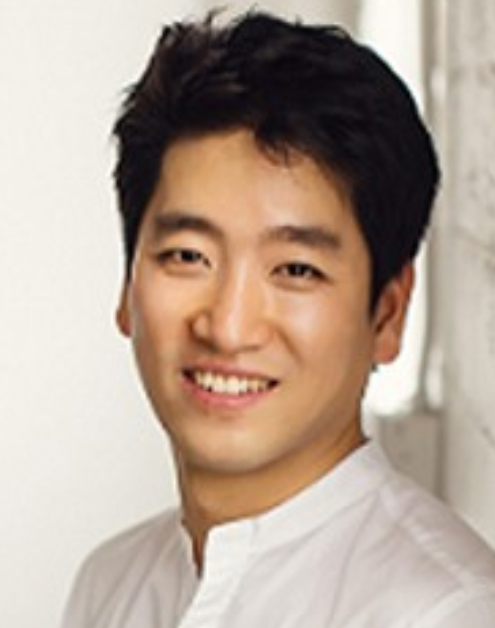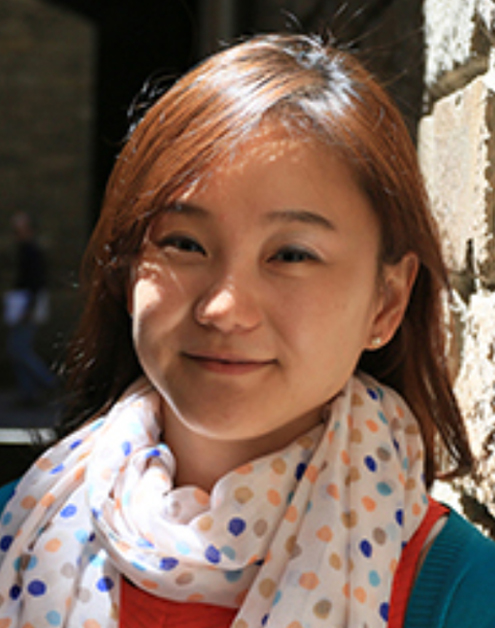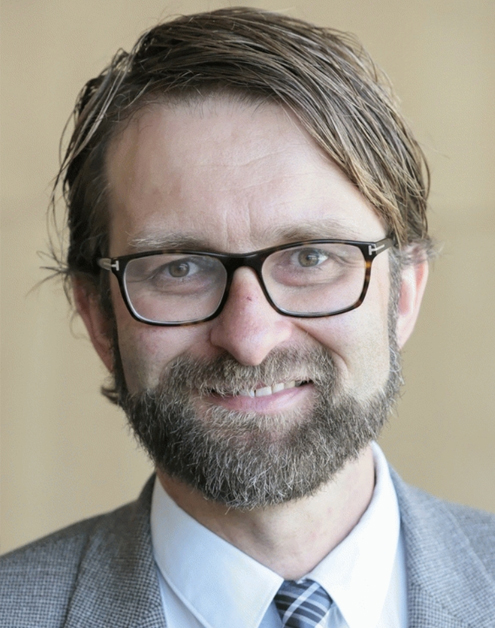ㅣSymposium 3

Prof. Sungshin Kim
Department of Data Science, Hanyang University, Seoul, Korea
Neuromodulation of Cognitive Functions through a Combined Approach of TMS and fMRI
Transcranial Magnetic Stimulation (TMS) is a non-invasive brain stimulation technique that has shown promise as a non-pharmacological intervention modulating cognitive functions. In this talk, I first discuss TMS protocols and the stimulation target locations associated with cognitive functions of interest. Then, I present two recent studies which combine TMS with fMRI to investigate the possibility of modulating memory functions. Both studies employed a network-targeted approach based on resting-state fMRI connectivity analysis to indirectly stimulate the hippocampus which is deeply located in the brain. The first study involved young healthy participants and utilized 20 Hz repetitive TMS (rTMS) over five consecutive days, targeting the left lateral parietal region, which is functionally connected to the hippocampus. The results revealed enhanced associative recollection memory performance and increased fMRI activity within the posterior-medial network. The second study focused on patients with Alzheimer’s disease, using the same rTMS protocol applied for 4 weeks. In this evaluator-blinded, randomized, and sham-controlled clinical trial, we found significant stimulation effects on a primary outcome (ADAS-Cog) as well as functional performance (CDR-SOB, and S-IADL), compared to the sham stimulation. Furthermore, changes in functional connectivity between the hippocampus and the precuneus exhibited a significant correlation with changes in the primary outcome, providing additional support for the effectiveness of the stimulation. In conclusion, TMS holds promise as a non-pharmacological treatment option for neurological disorders associated with memory functions. The combination of TMS with fMRI allows for targeted neuromodulation and provides valuable insights into the underlying neural mechanisms.
Biography
Sungshin Kim joined Hanyang University in 2020, and is a participating faculty in Center for Neuroscience Imaging Research (CNIR), Institute for Basic Science. Before joining Hanyang University, he was a research professor at CNIR (2017-2020) after finishing postdoc scholar in University of Chicago and Northwestern University (2014-2017). He received his PhD in Neuroscience at the University of Southern California in 2013.

Prof. Hyunjoo Jenny Lee
School of Electrical Engineering, KAIST, Daejeon, Korea
Ultrasound-Based Neuromodulation
In the current aging society, the number of patients suffering from degenerative brain diseases is continuously increasing. However, many of these brain disorders are intractable and difficult to treat. Non-invasive brain stimulation is an attractive alternative method to a pharmaceutical approach that attempts to treat brain disorders through physical stimulation. Among the various direct brain stimulation techniques, such as electrical, magnetic, and optical, ultrasound has been proposed as a new modality for neuromodulation due to its distinct advantages such as high spatial resolution and in-depth targeting. As ultrasound modality is still in the early stages of development, further investigations on various aspects such as neuromodulation mechanism, therapeutic effects, and safety are still required. Although ultrasound technology is a mature biomedical tool developed from ultrasound imaging, many new technological advancements such as miniaturized devices based on microelectromechanical systems (MEMS) technology have been recently introduced for the specific purpose of neuromodulation. In this talk, I will introduce these new neurotools which are essential to uncovering the fundamental mechanisms of ultrasound brain stimulation and ultimately to developing an effective therapeutic means for brain disorders.
Biography
Hyunjoo Jenny Lee is an Associate Professor in the School of Electrical Engineering and the KAIST Endowed Chair Professor at the Korea Advanced Institute of Science and Technology (KAIST). She received a B.S. degree and M.Eng. degree in Electrical Engineering and Computer Science from the Massachusetts Institute of Technology (MIT), Cambridge, MA, in 2004 and 2005, respectively, and a Ph.D. degree in Electrical Engineering from Stanford University, Stanford, CA, in 2012. Her research focuses on MEMS sensors and actuators for biomedical applications including neural interfaces, ultrasound transducers, epidermal electronics, and biosensors. She is the author of over 50 journal and conference papers and is a recipient of a number of awards, including the Korean Government’s Minister of Science and ICT’s Award (2022), KAIST Technology Innovation Award (2021), and WEF Young Scientist Award (2017).

Prof. Friedhelm Christoph Hummel
Clinical Neuroengineering Brain Mind Institute, École Polytechnique Fédérale de Lausanne(EPFL), Genève, Switzerland
Non-invasive (deep) brain stimulation to modulate human behavior
Cognitive functions, such as learning and memory, rely on neural processing in deep brain structures such as the basal ganglia or the hippocampus. Their dysfunctioning is a critical pathophysiological hallmark of many neurological and psychiatric disorders. Being able to neuromodulate these structures in-vivo, in humans in a non-invasive way with good topographic resolution would provide a major step forward to better determine the functional role of these structures in healthy and pathological situations and would open novel ways for interventional strategies to better understand brain functions and treat neurological disorders. Transcranial temporal interference electric stimulation (tTIS) has been proposed in animal models as a novel non-invasive brain stimulation technique able to reach deep brain regions without engaging overlaying cortical areas (Grossman Non-invasive (deep) brain stimulation to modulate human behavior 2017). tTIS is using multiple kHz-range electric fields (outside the physiological range) with a difference frequency within the range of physiological neural activity. The superposition/interreference of these fields leads to a slowly “beating” envelope oscillating at the difference (target) frequency. The peak amplitude of this envelope can be focused towards deep brain targets driving their neuronal activity. This method opens novel opportunities to better understand the complex interplay between cortical and subcortical regions involved in motor and cognitive functions. Here, tTIS will be introduced, the mechanistic background examined and first applications to target deep structures in vivo in humans (Wessel et al., accepted) presented and discussed with an outlook focused on its potential for neuroengineering and basic and clinical-translational neuroscience.
Biography
Prof. Friedhelm Hummel, MD, is a trained neurologist and systems translational neuroscientist focused on neuroengineering. Since September 2016, he is appointed Full-Professor at the EPFL, Director of the Defitech Chair of Clinical Neuroengineering in the Neuro-X (INX) and Brain Mind Institute (BMI), and Adjunct Professor at the University Hospital Geneva (HUG). Before joining EPFL, he was Vice-Director of the Dept. of Neurology and Head of BINS laboratory, University Medical Center Hamburg, Germany and did a postdoc at the NINDS at the NIH, US. His scientific interests are in the development of neurotechnology based on non-invasive brain stimulation to enhance human behavior with a strong clinical translational focus. He pioneered the application of transcranial electric current stimulation to enhance stroke recovery. His current focus is on establishing brain stimulation methods for non-invasive deep brain stimulation in humans and on brain network analyses to predict outcome and treatment response of neurological patients towards personalization.
